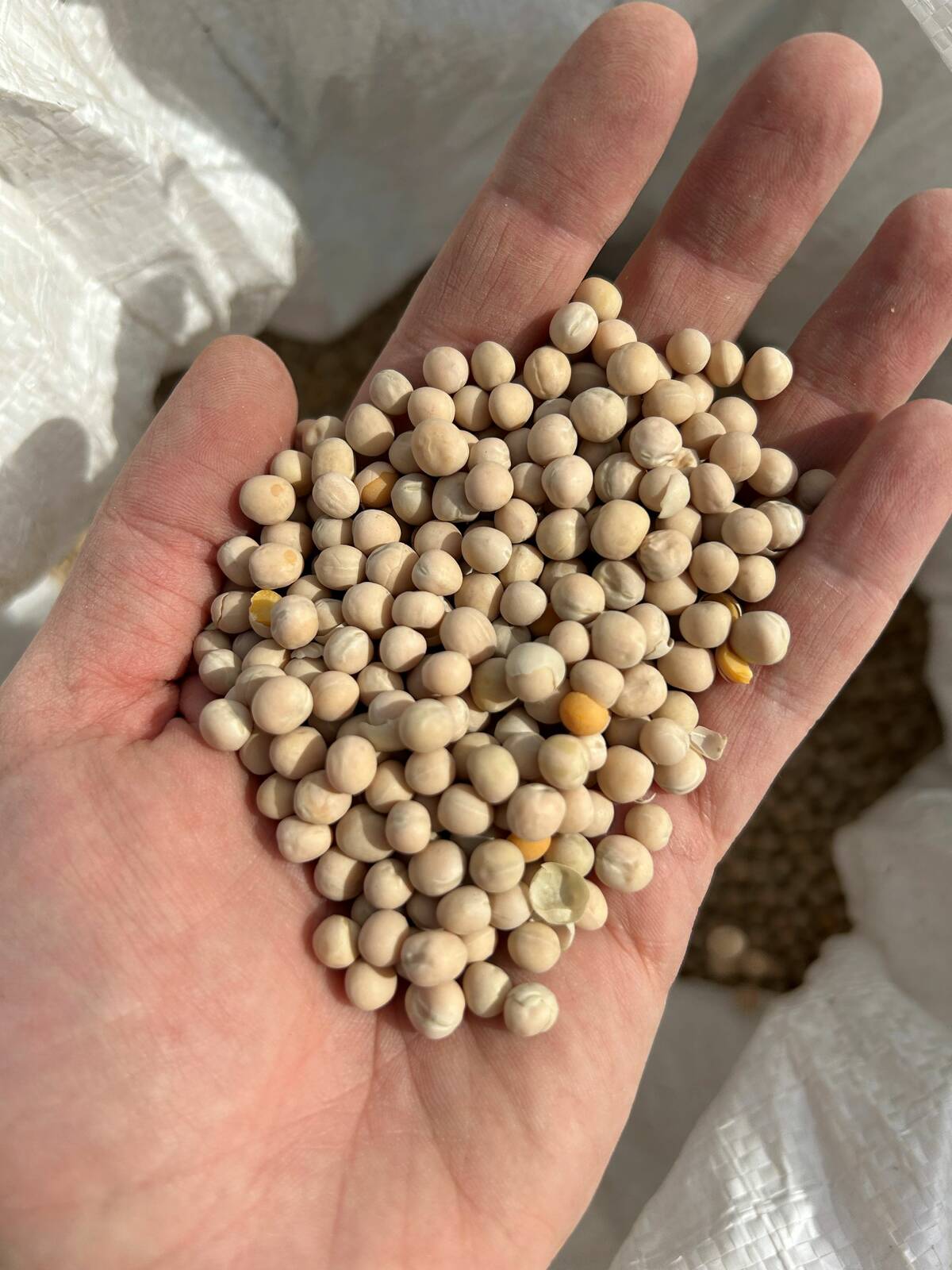In comparison to seven days earlier, Alberta rail grade prices ended the week down $2 to $5, setting the brakes in the feeder cattle complex.
Feedlot managers appeared to be walking on hot coals in auction barns late in the week, with live cattle futures down the limit two days in a row. [Related story]
The Russian ban on all food products from Western nations set a negative tone and it is difficult to say if the steam has been taken out of this feeder market. Russia imports limited beef from Canada, but the pork ban is spilling over into all meat products in Canada and the U.S.
Read Also

Pulse Weekly: No upside for peas until after New Year
Prices for green and yellow peas have dropped back across the Prairies over the last week. One of the major downward drivers was the Statistics Canada production report released earlier this month, said Levon Sargsyan of Johnston’s Grain in Calgary.
Perhaps this was the trigger after I mentioned last week that consumer spending was slowing and beef production may be larger than earlier anticipated. In any case, a bull market needs to be fed fresh friendly news every day or buying will ease at the higher levels. U.S. wholesale beef prices held value, with choice product at US$262 per hundredweight (cwt), in line with week ago levels.
Lofty levels were reached on all weight categories, with most sales by Wednesday showing prices $2-$4/cwt higher than week-ago levels, partly due to the record-high fed market two weeks ago. Small groups of mixed-quality steers weighing 500 to 540 pounds were quoted $262 to $275 in the Lethbridge area. Mixed feeder steers weighing just over 700 lbs. touched 250/cwt in central Alberta. Higher-quality right-off-the-grass hungry yearlings in the range of 875-900 lbs. were quoted at $215/cwt in the Edmonton area. Major auction markets will have larger sales over the next couple of weeks, which will further define the price structure for the fall period.
Feed barley and feed wheat were trading at $180 delivered Lethbridge on Friday. While feed grain prices are expected to trend lower through harvest, feeder cattle prices will depend on fed market behaviour over the next couple of weeks. Is the consumer starting to rein in spending after the holiday season?
— Jerry Klassen is a commodity market analyst in Winnipeg and maintains an interest in the family feedlot in southern Alberta. He writes an in-depth biweekly commentary, Canadian Feedlot and Cattle Market Analysis, for feedlot operators in Canada. He can be reached by email at [email protected] for questions or comments.















